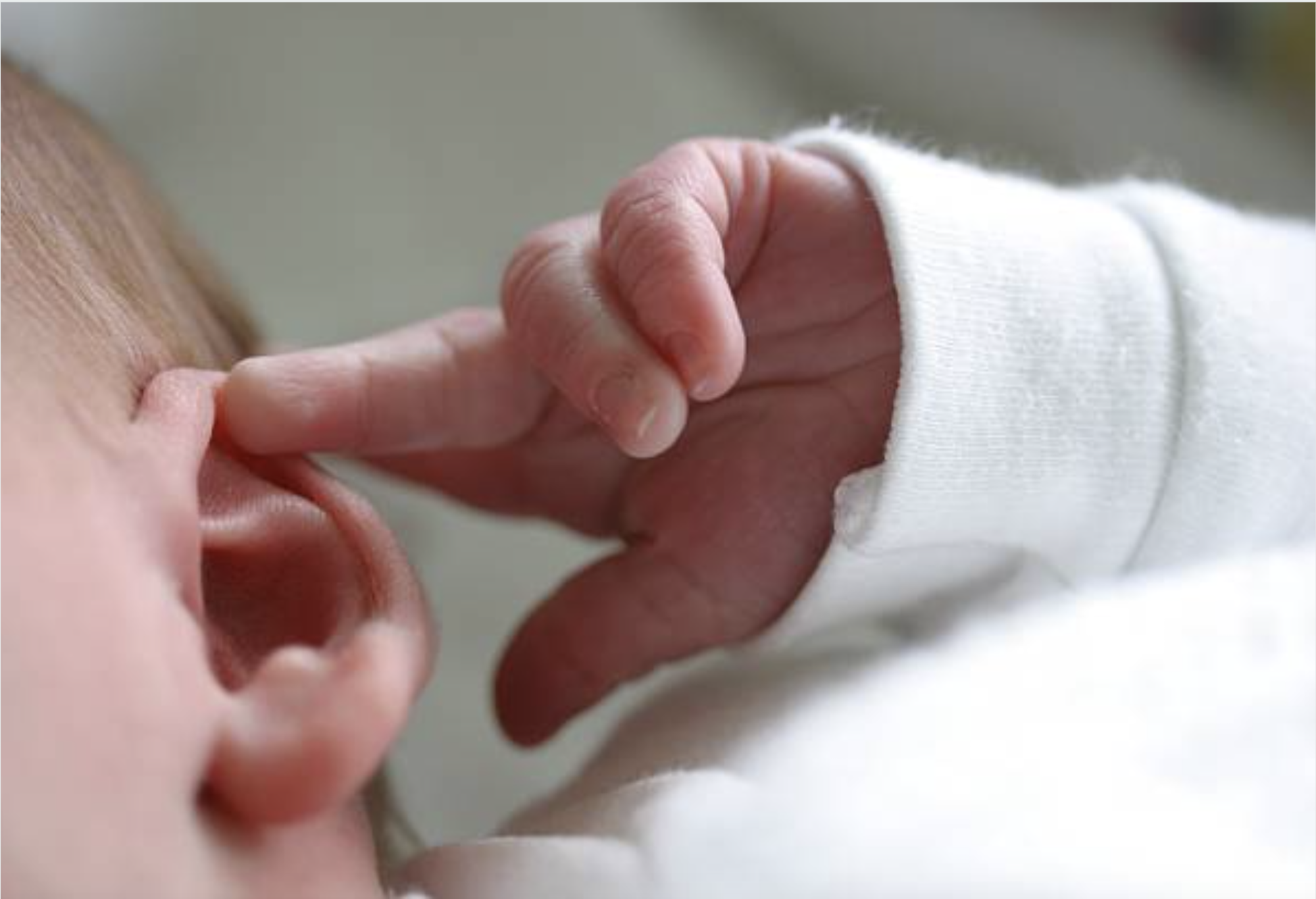News Story
How Repairing a Key Brain Circuit Could Help Avert Drug Relapse

Two UMD researchers will investigate whether the phenomenon of relapse can be sidestepped by repairing a brain area called the anterior cingulate cortex, which helps resolve disputes between disparate neural signals.
In a famous neuroscience experiment, it takes participants nearly twice as long to identify the color in which a word is written if there’s a color “clash”—for example, to say “red” when the color is used to spell “green”—as it does when each word is written in the color that it denotes. Your brain just needs a moment to resolve the contradiction between color name and ink color, and it does so by engaging an area in the frontal lobe called the anterior cingulate cortex (ACC).
Now, two University of Maryland researchers are investigating whether lapses in this conflict-resolving brain area could also be key to understanding the importance of decision-making in relapse for people who struggle with drug addiction.
Funded by a five-year, $1.9 million award from the National Institutes of Health, Professor Matthew Roesch and Assistant Professor Anna Li, both in the Department of Psychology, will establish the role of the ACC in drug-seeking behavior and look into the possibility of manipulating its function through cutting-edge epigenetic tools, which influence whether and how genetic code gets read to form cells and their components. The team suspects that neural activity in the ACC and its circuits is associated with decision-making, and that enhancing the ACC may repair these circuits and help avoid relapse.
The collaboration between Roesch and Li originated in a 2018 seed grant award from the university’s Brain and Behavior Institute.
For more than a decade, Roesch has worked to determine the connections across different parts of this decision-making circuit, which comprises brain areas related to habitual action, motivation and learning. This research examined how changes to these brain areas months after exposure to cocaine can result in poor decision-making.
“Some people think that addicts lack self-control or are born without willpower, but there is more to it than that,” said Roesch. “Drugs of abuse change neural signals long-term and modify behavior, making it much more difficult to stop.”
The brains of recovering addicts are both more likely to receive conflicting signals—contradictory messages from brain areas related to habitual action, motivation and learning—and less able to manage those conflicts. Imagine that someone in danger of relapse runs into a friend with whom they used to get high. At that point, the part of the decision-making circuit that governs habitual action suddenly activates and urges the former addict to resume using. But this signal is at odds with another one from the circuit that manages goals, such as to stay clean.
The clash between these two signals is like the disparity when, tasked with identifying the ink color, the word “green” is written in red ink. Both conflicts require resolution by the ACC, which increases cognitive resources to settle the dispute. However, in a brain that has been exposed to cocaine, the ACC’s bid to boost attention is suppressed.
“The ACC is like an executive controller,” Roesch said. “We think that increasing its activity will project across the entire circuit by fixing habitual associations, updating motivation and value and enhancing learning.”
In order to increase the ACC’s activity, Roesch and Li are testing the novel approach of epigenetic manipulation. Everyone has an epigenome, which provides the instructions for how one’s DNA is expressed in functions like the manufacturing of proteins by cells. This genetic code is tightly wound in every cell, so the job of the epigenome is to open and close this code, making the information on DNA either accessible or unreadable—much like a zip program that compresses groups of computer files.
The new award allows the team to investigate whether a poorly functioning ACC can be revived by reopening the genome in the proper places. According to Li, this method is unusual within epigenetics for its “zoomed out” approach.
“Most molecular neuroscientists examine which genes change after an epigenetic enzyme is manipulated,” Li said, “but this research focuses more broadly on how these modifications affect neuronal firing.”
Down the road, this approach could lead to pharmaceutical advances that provide a long-term solution to craving and relapse.
“The problem with relapse is that once you’re an addict, you’re always an addict,” said Roesch. “You could go a year without using and then something suddenly happens and you’re using again. We hope to learn how we might address that.”
###
Writer: Nathaniel Underland, underlan@umd.edu
About the Brain and Behavior Institute: The mission of the BBI is to maximize existing strengths in neuroscience research, education and training at the University of Maryland and to elevate campus neuroscience through innovative, multidisciplinary approaches that expand our research portfolio, develop novel tools and approaches and advance the translation of basic science. A centralized community of neuroscientists, engineers, computer scientists, mathematicians, physical scientists, cognitive scientists and humanities scholars, the BBI looks to solve some of the most pressing problems related to nervous system function and disease.
Published September 1, 2023









